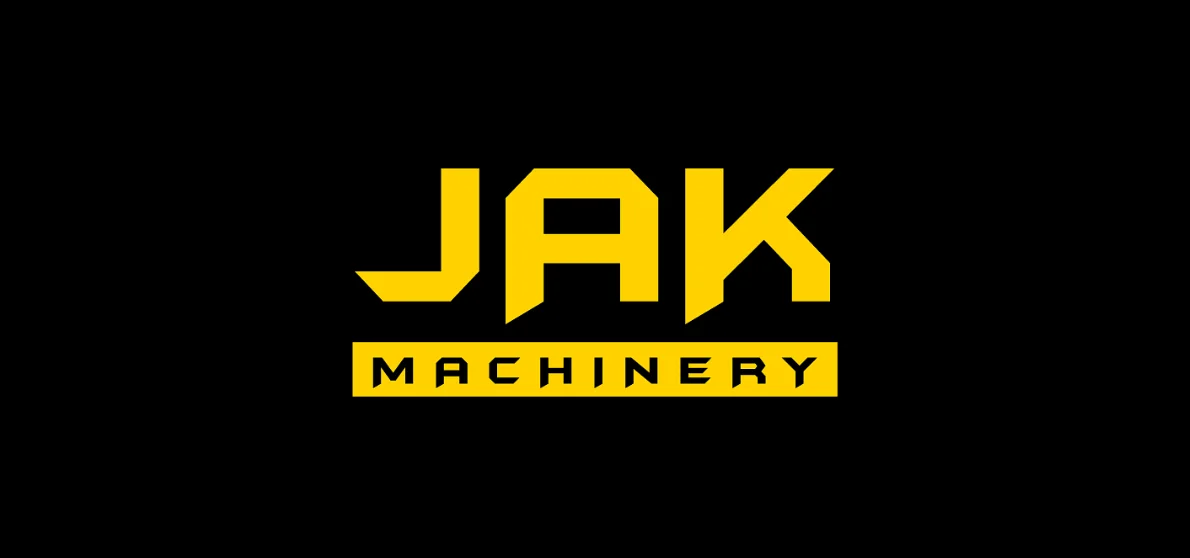Auto Lubrication

Automatic lubrication systems are employed in applications to ensure that machinery and equipment receive the appropriate amount of lubricant at the right intervals, without the need for manual intervention. These systems help to minimize friction, reduce wear and tear, and extend the service life of critical components. Here's how an automatic lubrication system generally works:
- Lubricant Reservoir: The system includes a central reservoir or container that holds the lubricating fluid, such as oil or grease. The reservoir is typically located in a convenient and accessible location near the equipment being lubricated.
- Distribution Lines: From the reservoir, distribution lines or tubing carry the lubricant to the lubrication points on the machinery. These lines are routed strategically to reach bearings, gears, chains, slides, or other components requiring lubrication.
- Injectors or Dispensers: At each lubrication point, injectors or dispensers deliver precise amounts of lubricant to the moving parts. These devices may be activated mechanically, pneumatically, or electronically, depending on the specific design of the lubrication system.
- Timing and Control Mechanism: Automatic lubrication systems are equipped with a timing and control mechanism to regulate the frequency and duration of lubricant delivery. This mechanism may be programmable to adjust lubrication intervals based on factors such as operating conditions, temperature, or equipment usage.
By automating the lubrication process, automatic lubrication systems offer several advantages, including improved equipment reliability, reduced maintenance costs, increased productivity, and enhanced workplace safety. They are commonly used in industries such as manufacturing, mining, construction, agriculture, and transportation to ensure smooth and efficient operation of machinery and equipment.

